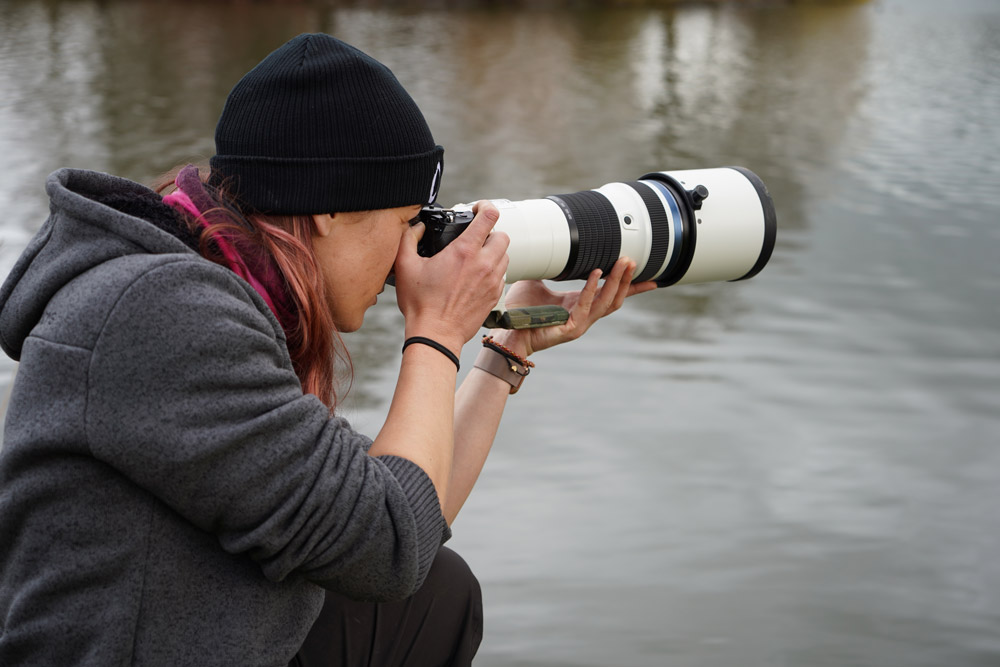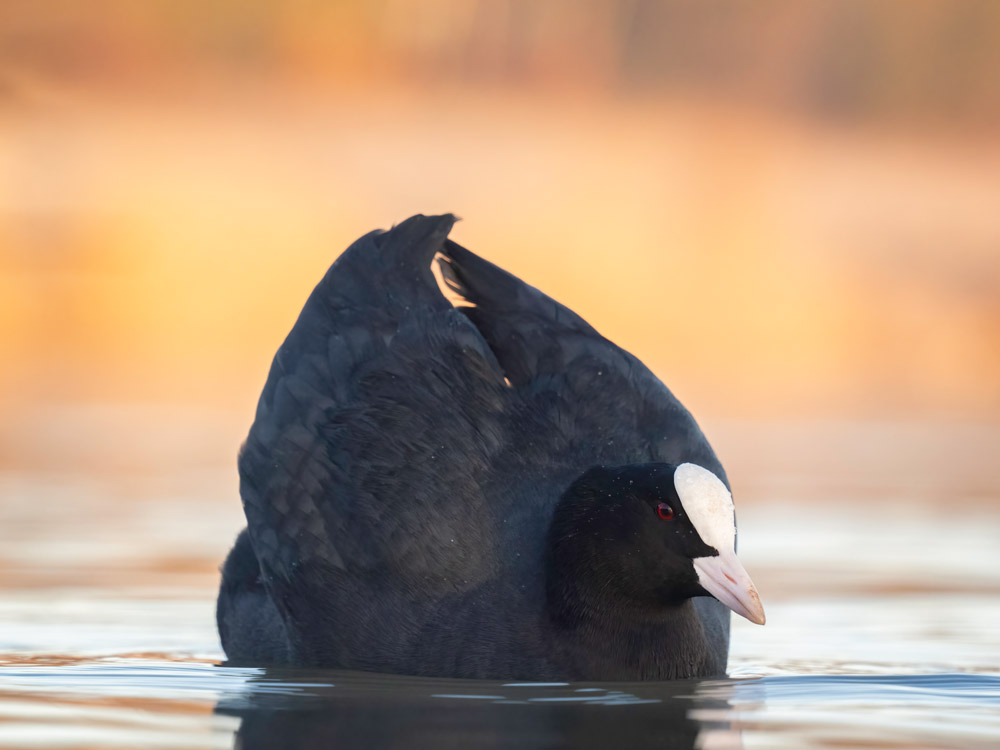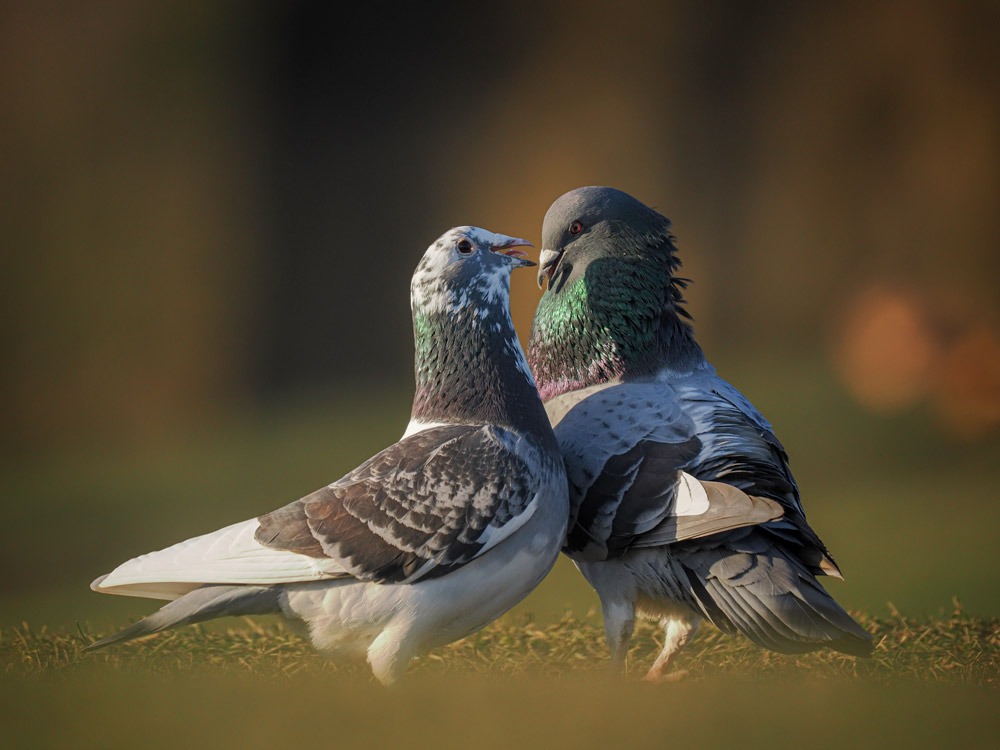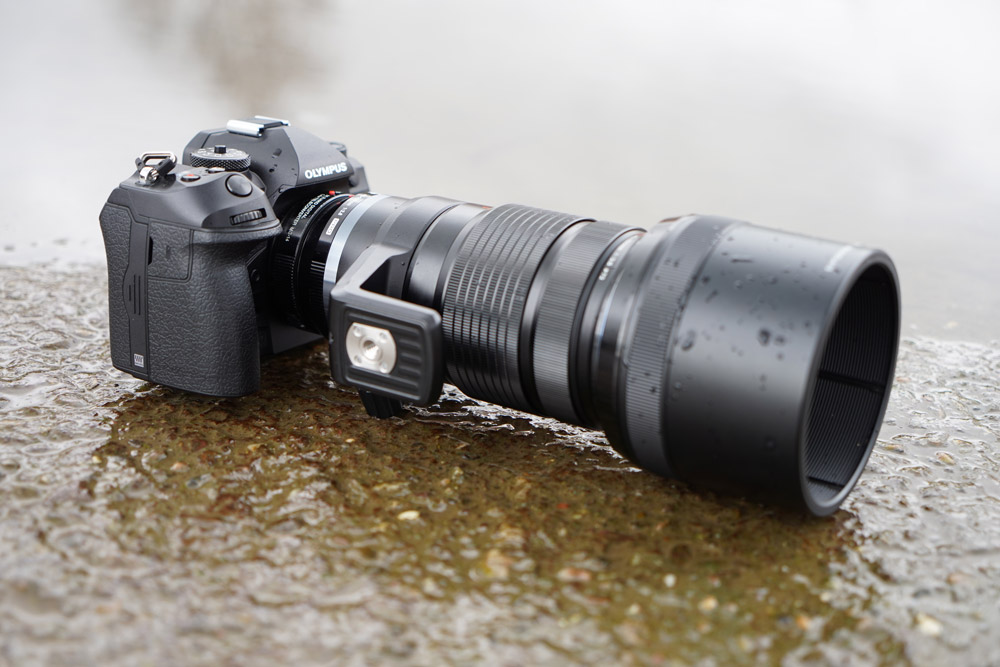Bird photography is a special skill that requires patience, time and the ability to freeze a moment in focus Amateur Photographer’s Online Editor, Joshua Waller, and Deputy Online Editor, Jessica Miller spent a day photographing birds with OM System’s UK Wildlife Ambassador, and AP Zoom Photo Tours guide, Tesni Ward, using the OM System Olympus OM-1.
Tesni Ward on photographing birds with the OM-1
Using the OM System OM-1 which is almost always fitted with the M. Zuiko Digital ED 150-400mm f/4.5 PRO zoom, Tesni likes that you can customise the camera to your own shooting needs. With the OM-1 (now with firmware v1.6), Tesni has noticed faster, and more responsive autofocus (AF), as well as notably improved bird tracking, which finds and locks on to a bird’s eye.
Tesni also found the blackout-free shooting, at up to 50fps with C-AF, extremely useful for tracking moving subjects. This shooting rate is with full-size Raws, too. The viewfinder is also significantly improved, now giving a great view. The upgraded weather-sealing is of particular benefit for shooting in challenging conditions outdoors: the camera is also easy to use when wearing gloves.
Tesni has spent a lot of time watching and studying birds, and says the best way to see them is in the natural world where you can see and hear them, and learn their behaviour. This will help you to anticipate what is coming (calls, flight, flapping, etc), so you’re ready to take a shot.
Top settings to use when shooting wildlife with the OM-1:
- Set up a custom mode for specific shooting scenarios e.g. birds
- Customise buttons to give quicker access to the AF modes needed
- Customise the burst rate to suit you, and make sure you know your camera before shooting
- Ensure the shutter speed is right for the type of shooting, and use burst mode so you’re ready to shoot whatever happens
- Blackout-free 50fps C-AF is amazing for tracking animals in the frame
- Olympus / OMDS cameras are very customisable – this is great, but confusing if you don’t know the camera. Work this out before shooting.
Top tips for shooting birds and wildlife:
- Look for background colour, and avoid distractions such as brightly lit tree trunks and reeds
- Be prepared for bad weather.
- Look for areas where you can get better colour adding interest into the background
- Watch the weather, as blue skies and bright sun can be too harsh and make photography difficult
- Knowing your subject helps, so you can prepare for when they are about to fly, flap, swoop, or duck under water
- You can always crop in post but can’t un-crop if you’ve used too much zoom
Join Tesni Ward on an AP Zoom Tours event
Tesni Ward is running a number of different photo holiday tours with Amateur Photographer and Zoom Photo Tours, and you can get great advice from Tesni, as well as the opportunity to shoot several different birds and wildlife.
Joshua Waller photographing wildlife with the OM System OM-1
Using the OM System OM-1 for bird photography was particularly easy, once the camera’s Bird Detection AF was correctly set up. This was activated using the camera’s menu, but quicker access to this setting is possible by customising the camera’s function buttons.
The camera can shoot at extremely rapid speeds: in some cases, maybe too quick. For example, I personally don’t need to shoot hundreds of Raw files at 120fps, so opted for a slower continuous shooting speed. If you do want to shoot at 120fps, then Pro Capture can help here as it can shoot images before you’ve even pressed the shutter release button. To fine-tune drive settings, in the menu, go to the green Camera 1 icon and scroll to page 7 entitled Drive Mode. Under ‘Sequential Shooting Settings’ you can configure frame rates in the various drive modes as well as limit the number of frames you get in a burst.
Shooting so many frames so quickly demands the fastest SD cards you can afford in order to keep buffering to a minimum. The current fastest SD cards have quoted write speeds of around 250MB/s, although in practice you might not get such performance. However, even with fast cards you need to manage your buffer, so don’t overshoot or you might miss a great image because your long sequence of shots is still writing to card.
The camera has an AI (Artificial Intelligence) autofocus system that can detect different subjects including airplanes, animals, motor vehicles, trains as well as birds. There’s also face and eye detection. This combined with the Quad-pixel AF system, with 1053 AF points covering the sensor, makes for an extremely fast AF system, that can work at speeds up to 50fps in SH2 mode with continuous AF tracking – with specific Olympus PRO lenses.
How to customise and setup Bird Detection AF on the OM-1
- In the Menus – you can find the settings in the AF section, or you can also add “Subject Detection” to the MyMenu section for quicker access
- You can setup a custom button so that you can quickly change the subject detection, by pressing the button and scrolling through the options using a command wheel
- Check your continuous shooting mode, you’ll need SH2 which enables continuous AF and metering, and not SH1 (super high-speed) – SH1 sets AF to fixed / single-AF, rather than continuous. SH2 gives up to 50fps with specific PRO lenses.
- Check your AF setting is set to C-AF + Tracking
- You’ll be able to see the tracking appear in real-time on the screen when the camera detects the subject
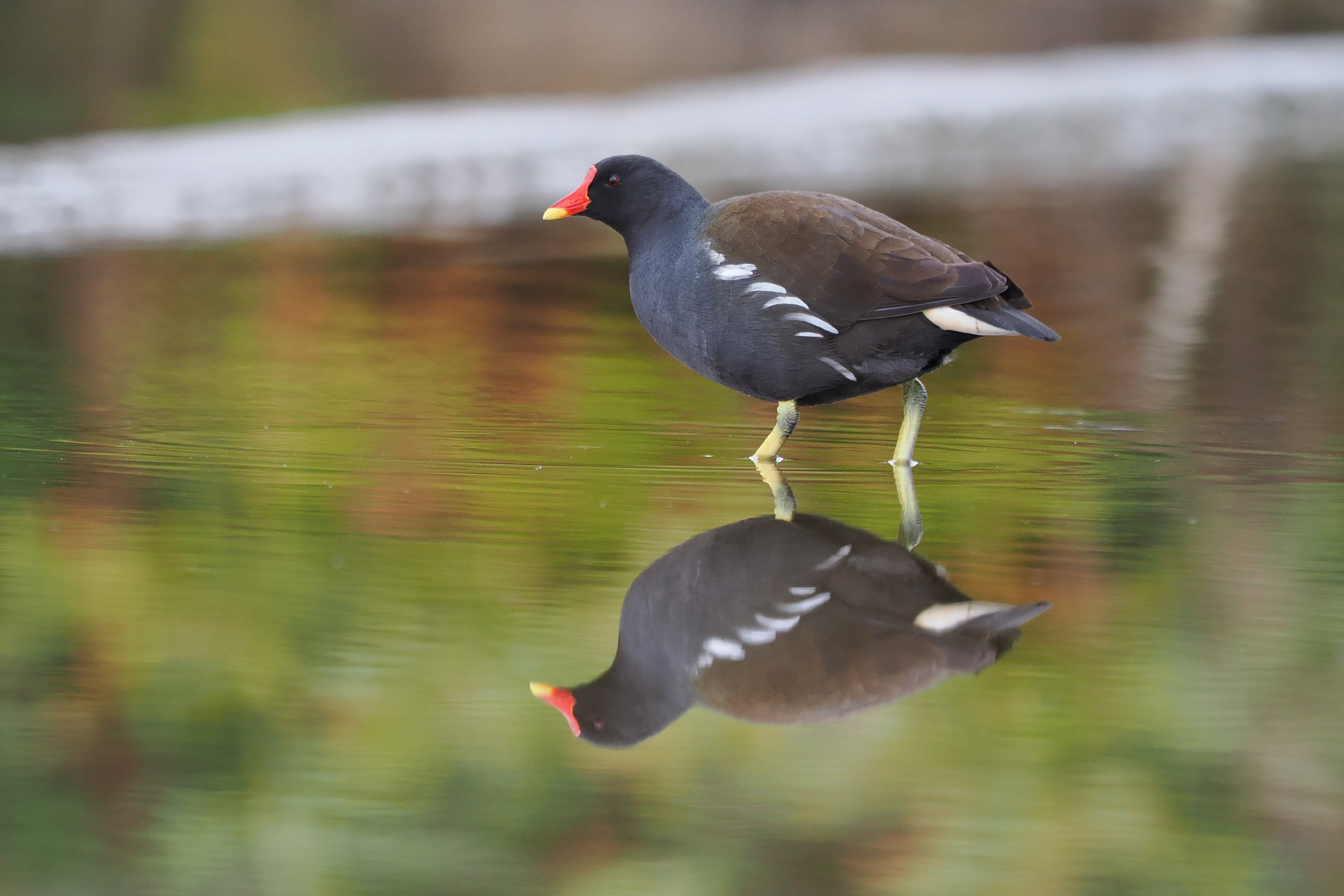
Shooting birds was particularly impressive as the camera’s bird detection AF system is extremely rapid and reliable. It locks onto a bird’s eye, even birds that are dark in colour. The camera also gave sharp detailed images, even when shooting wide-open at f/4 with the 40-150mm f/2.8 PRO lens and 1.4X Tele Converter. This will be of great benefit to photographing other wildlife subjects, too.
Jessica Miller photographing wildlife with the OM System OM-1
I bought my DSLR as a final year university student just getting into photography. I’ve had plenty of time to get to know my camera well, so it’s quite daunting to use a different system, especially a mirrorless one. However, when the opportunity to try out the OM System OM-1 came about, I was excited to try a system new to me.
On the day I took my DSLR camera along to the shoot with Tesni, I noticed stark differences when switching between the two. Firstly, the size and weight. Being able to hold and grip the camera comfortably is an important factor for me, and I also like to carry my camera around wherever I am.
The OM-1 body is much more compact than the DSLR, so overall was easier to handle. My camera with an 18-135mm lens attached weighs over 1.1kg combined (the body alone is just under 700g). The OM System OM-1 body on its own weighs 599g – with the 40-150mm f/2.8 lens and 1.4x TC we were using totals around 1010g.
Although there isn’t much difference between the numbers here, adding an equivalent lens to the DSLR would render it hefty to carry around. Less weight on the shoulders feels more appealing.
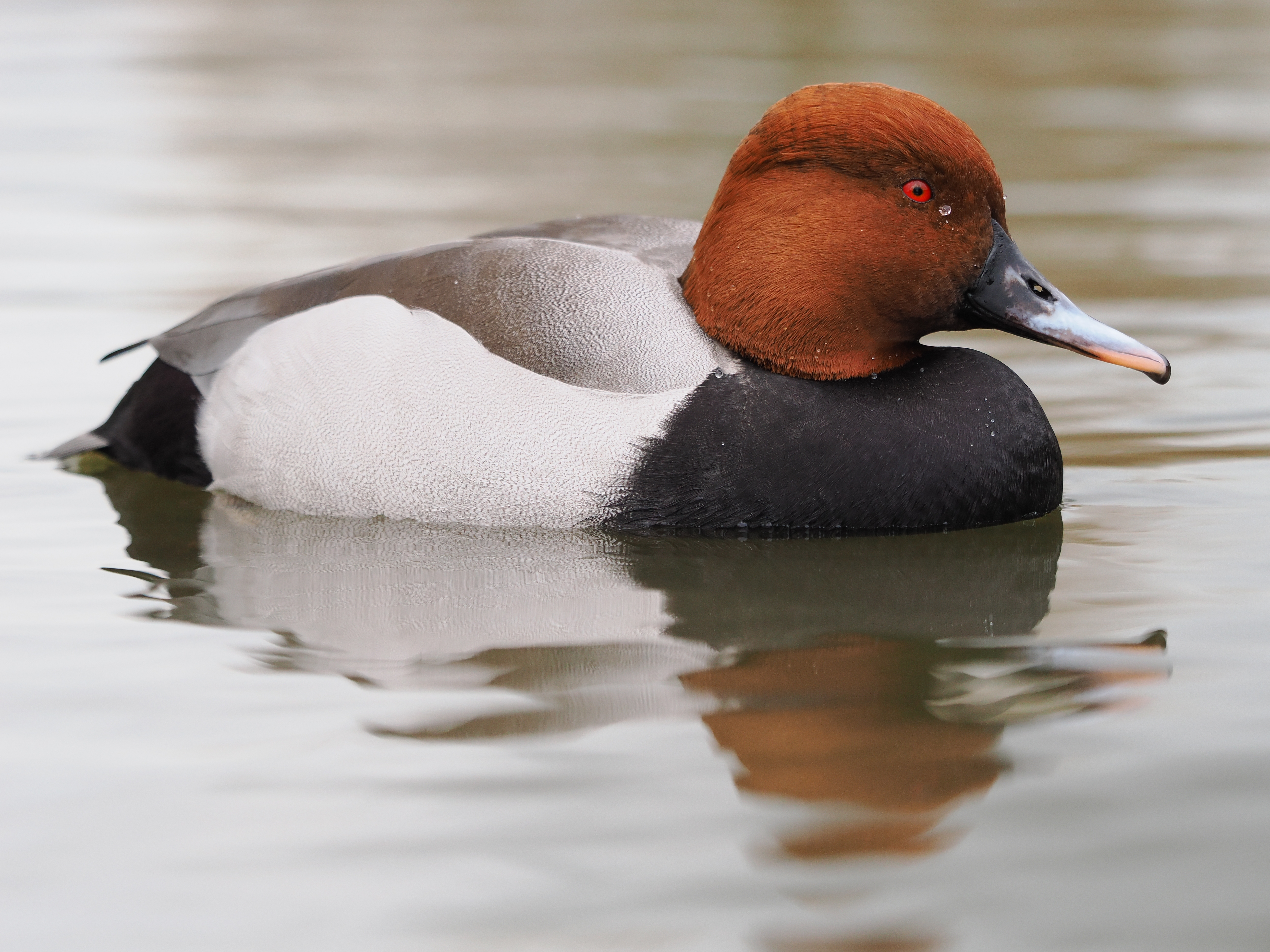
Another factor I would be looking for in a new camera would be how easy it is to learn and use. On this workshop, we set up the Bird Detection AF mode – which was an easy process, and the menu itself was very user-friendly and well designed. The Bird Detection AF mode was particularly helpful in our situation and quick to operate and focus, ensuring we got sharp shots whether the bird was stood still or in flight.

I had a go at using my DSLR for photographing the same birds, and the camera felt slow and clunky after using the OM-1. Overall, I was very impressed with the system and the versatility this camera could have across different genres.
More links:
Read our full OM System ‘Olympus’ OM-1 review
How to edit your wildlife photos (Tesni Ward)
Follow AP on Facebook, Twitter, Instagram, YouTube and TikTok.


